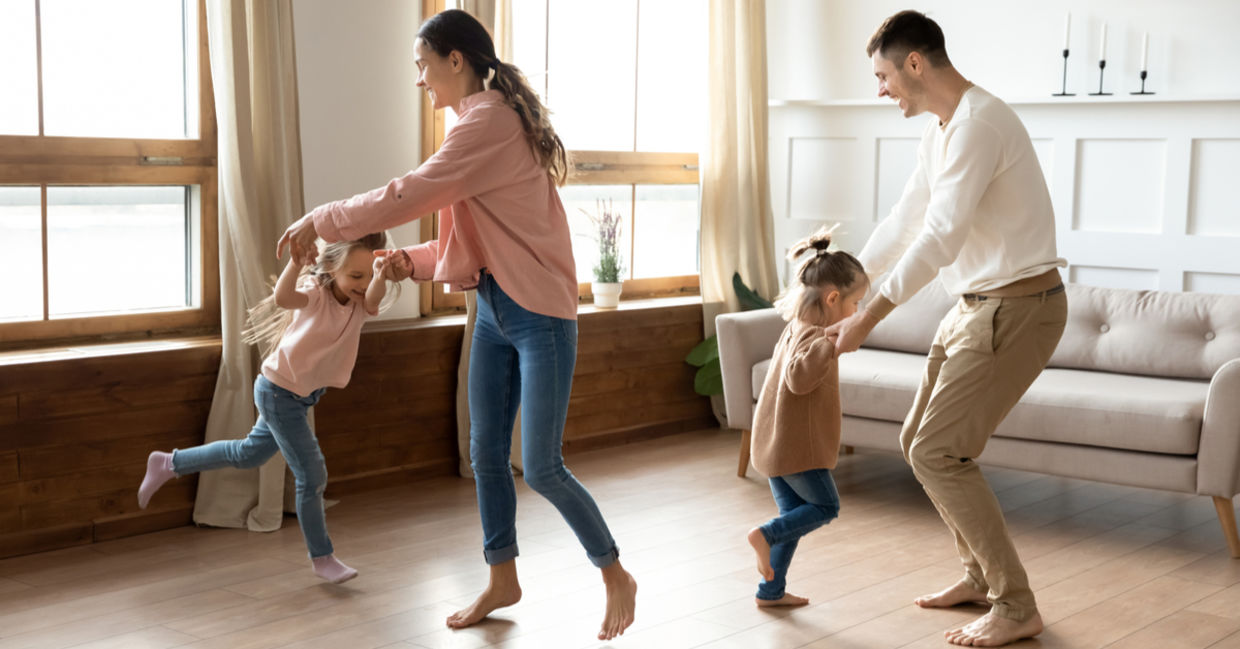Kids love dancing. Even when they are babies, they feel compelled to move to music. And before children can even utter a word, they express themselves through movement. With so many positive benefits to the body, the mind, and the soul, dance is a beautiful all-round activity and something that is best encouraged from a young age.
Kids who take math do not necessarily become math teachers, and kids who dance should not feel any pressure to become professional dancers. They should learn purely for fun and self-expression. Dancing can become an activity that will always reinforce their memory, cognitive abilities, and physical fitness. Exposure to dance can offer them a pleasure that lasts a lifetime.
Strengthens the body
Dance is an incredible exercise, and when kids are dancing they do not feel like they are doing a traditional work out. Dance’s physical benefits, according to Mom Loves Best, include cardiovascular, muscle and strength development, plus increased stamina, endurance, and blood flow. Dancing also improves children’s posture, balance and spatial abilities, not to forget improving rhythm and timing. Since it also improves flexibility and coordination, dancing can help children be less prone to injuries. And, parents will love the fact that dancing helps kids sleep better at night.

(fizkes / Shutterstock.com)
Stimulates the mind
A strong body can also mean a strong brain. There are dance teachers who advocate adding dance education to the school curriculum. Some gym teachers, educators, and parents are still resistant, mostly because they do not appreciate the benefits for children.
However, the nonprofit Dancing Classrooms is changing this attitude. Based in New York, Dancing Classrooms offers dance classes for kids in elementary and middle schools twice a week. They have seen incredible results in schools, including better grades and concentration in the classroom, plus increased discipline and confidence in the students.
Stirs the soul
Martha Graham, the famous American dancer and choreographer said, “Dance is the hidden language of the soul.” As dancing enables children to express themselves in a non-verbal way, they use this as a form of releasing emotions and creatively telling their own story.
Cultures across the world have used dance to relay powerful truths. Advancing Dance Education in the Arts (NDEO) explains that over time dance has been used to visually represent the meaning of life in an artistic form. When children tap into creative movement, they can enter into a place of self-reflection and self-acceptance.
Dancing can also reduce stress in a child’s life and since it is a work out, it releases all of those happy-inducing hormones. With a flush of serotonin, oxytocin, dopamine, plus endorphins, your child may feel happier, calmer, and more satisfied after dancing.
And when dancing is done in a coordinated group, dance can also improve a child’s sense of community. Children learn cooperation and respect for others as well as an appreciation for their peers when they learn a choreographed dance together. Overall, these positive feelings lead children to becoming more confident, better socialized and more creative. In the present time when children may feel more isolated, programs such as Dancing Classrooms are offering a fun Homeroom Edition for children to learn online.
Nobody cares if you can’t dance well. Just get up and dance. Great dancers are not great because of their technique, they are great because of their passion. ~Martha Graham #JustDance pic.twitter.com/B0oWowdW5P
— Elaine Michaels (@EWMichaels) July 30, 2020







